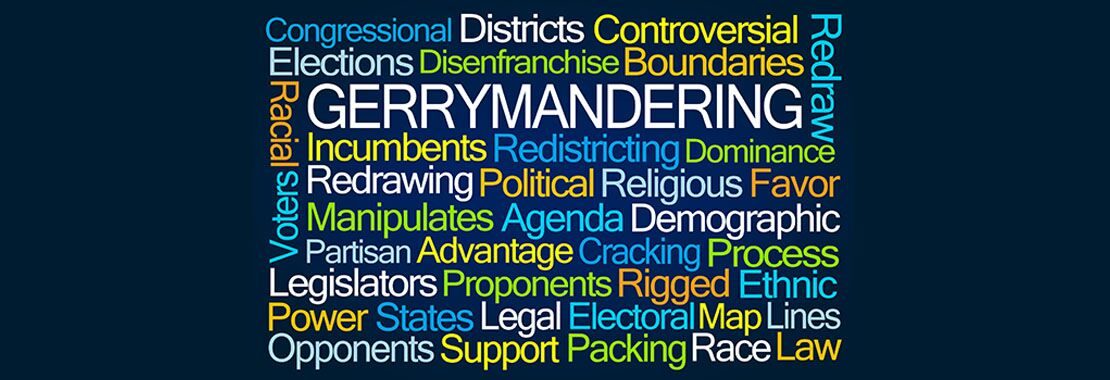Author: Professor Clare Brock
If you watched the democratic debates, you might have heard Amy Klobuchar bring up gerrymandering. This is a common subject to tackle in Introductory U.S. Government classes, but it can be tough for students to understand who does it, how it works, and why it matters. Fortunately, some great online resources are available to make the topic more approachable.
The Gerrymandering project
Before coming to class, students can read the 538 Interactive Blog Post “The Gerrymandering Project.” Assign students in advance to pick a side – pro or con gerrymandering, then host an in class debate dealing with the following questions: Do you think it is possible to get rid of gerrymandering? Should we try to reduce it, and if so, why (or why not) and how? This also makes a great discussion board, if you’re teaching online.
Online games are another great way to get students to understand politics in a very hands-on way. Ask students to play “Mission 2: Partisan Gerrymander” in the Redistricting Game, then discuss. Ask them to think about whether gerrymandering all just part of the “politics game,” or if they think that it is bad for representation? Ask them to consider – if they believe that partisan gerrymandering does harm democracy, who would they like to see drawing districts instead?
If you’re teaching Congress, the gerrymandering discussion can be particularly useful both in discussing campaigns and elections, as well as when discussing types of representation. Students can consider how different types of gerrymandering lead to different types of representation, and who benefits from that. Given that racial gerrymandering is the only type of gerrymandering not permissible, you can lead this into a discussion of descriptive versus substantive representation, and how those two types of representation might or might not overlap.

